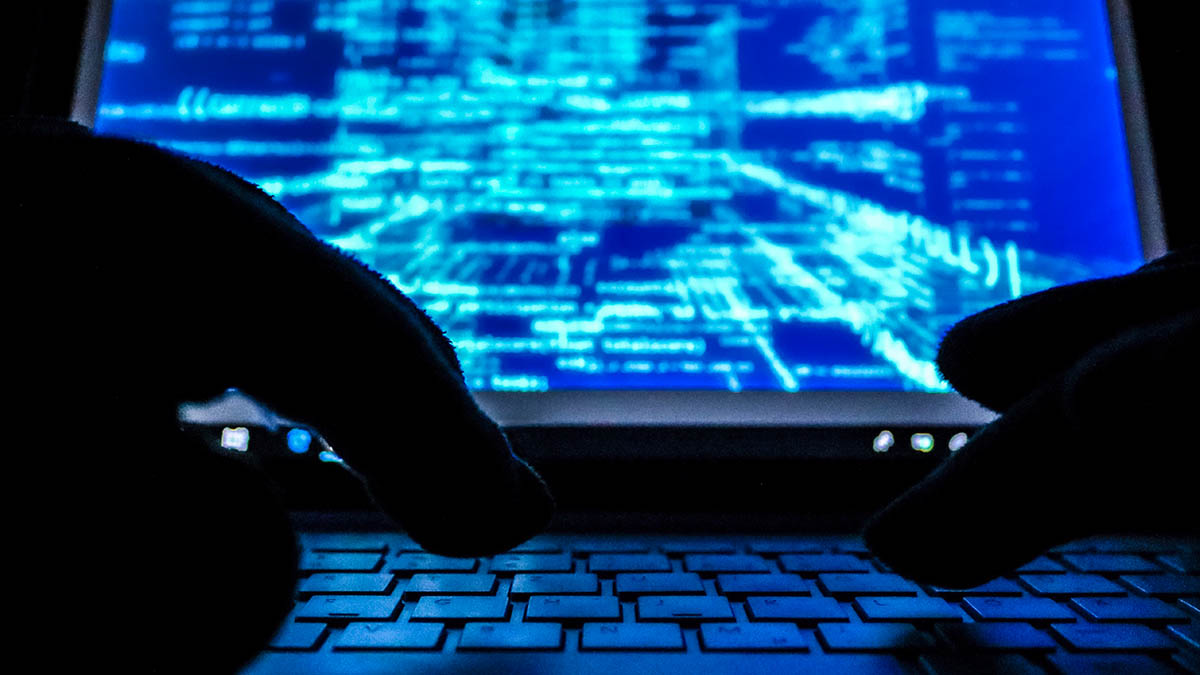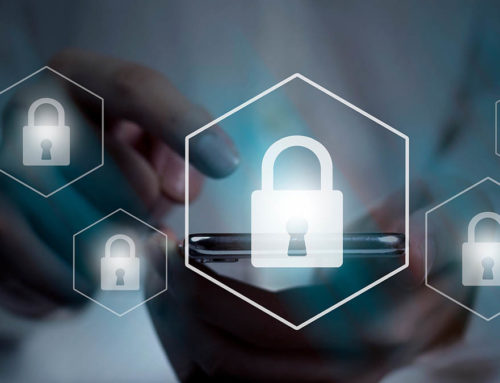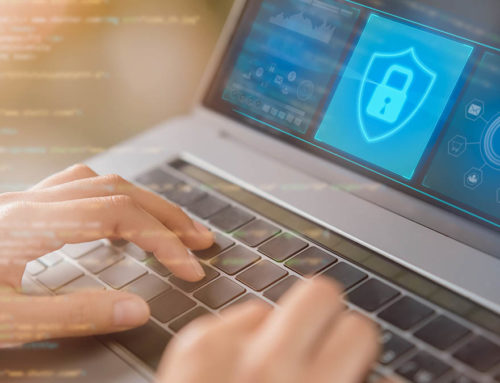There was a time when people used to hold other people hostage for the sake of money. Nowadays, the perpetrators are Cyber Criminals and hold data for a ransom. Ransomware is a type of malicious software cyber criminals use to block you from accessing your own data. The digital extortionists encrypt the files on your system and add extensions to the attacked data and hold it “hostage” until the demanded ransom is paid.
Once ransomware gets into a system and locks the system, it makes it inaccessible for other people. The hackers will then demand money to unlock the system or the network, but it won’t take much time for a knowledgeable person to reverse the lock. That’s why not all of the ransomware follow this procedure. New and modern ransomware follow a different approach. They get inside a system and encrypt most of the data. The hackers then demand a ransom and until the ransom is paid, no one can access the files. Unlike the simple locking of the system that was previously used, it is very difficult to decrypt these files. If the ransom is paid, the hackers decrypt the files and make them available for use. If the ransom is not paid, the hackers get all the files and the data and upload it to several websites, thus leaking all of the company’s essential information and data that can end as a huge loss for the company.
This extortion impacts all business sectors (Legal, Healthcare, Retail, Industrial and Government) and has seen a significant increase from 2018. With the estimated cost of ransomware attacks doubling from $11.5 billion in 2019 to over $20 billion 2020. Business will pay money to unlock their data, which can be huge sum of money.
You might be surprised that the ransomware initially targets human weak-points. They usually get inside a system through phishing attacks. A fraudulent e-mail which if clicked enables the hackers to bypass the traditional security. Emails are one of the easiest ways to get inside a network because in most of our businesses’ security infrastructure, not all of the employees are taught about these phishing attacks. Most of the businesses don’t even worry about the phishing attacks because in their opinion there are always bigger fish in the water. But this is where they are wrong because the bigger companies and firms have higher rates of cyber protection and their employees are well trained for these types of endeavors.
The hackers take great advantage just because of this credulity. One of the best examples of ransomware is the 2020 ISS attack. ISS world is a Denmark based company which was attacked in the early 2020. Thousands of employees were locked out of their systems and emails. This cost them nearly $74 million in which the regaining of critical business systems and re-launching the IT systems is also included.
Another attack was on the University of California San Francisco (UCSF). The attackers used a malware attack on the servers used by the school of medicine affecting all the students of June 2020. Due to some efforts by the local cyber-authorities, the malware was stopped from getting inside the core network preventing any further damage. The attackers demanded a ransom of $3 million of which a total of $1.14 million was paid.
At Core Dynamic Services, we provide on-demand cyber security services to beat Cyber Criminals who use Ransomware. Our team of experts has years of experience working with clients who have been compromised. We offer services for better attack detection, prevention and block unnecessary request that harm your system security. Core Dynamic Services offer a cyber security and IT service ecosystem that provides support to industries such as healthcare, legal, industrial, e-commerce, education, and governments all around the world.






